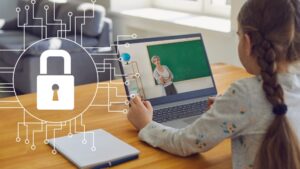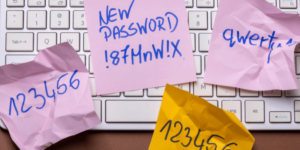In an urban world that exists to be connected all the time, it’s hard to imagine that there are communities still struggling with getting reliable connectivity and access to technology. It’s even more concerning when the digital divide appears to be a more common barrier in Native American Communities than in others. It’s not just access to technology that’s a concern, but also that it’s evolving at such a rapid pace, that the gap continues to widen, despite efforts to the contrary.
Understanding the digital divide
The definition of a digital divide has expanded from just having access to the internet to having adequate hardware and software, as well as licenses to continue to be able to use technology effectively. This is something that many take for granted. In a city with wifi around every corner and easy access to computers in schools and libraries, it’s hard to imagine life without technology. Yet in poor and rural communities that characterize tribal lands, this is their reality. Many live without a reliable phone service, never mind a computer and fast internet connection.
According to research: 18% of residents on tribal lands have no internet access. Those that do primarily access the internet via smart phones and cellular networks. But even then, the cellular networks are unreliable and sparse because the areas are remote and lacking in infrastructure.
Without access to technology, digital literacy levels are low which limits the types of jobs that people are able to do. This in turn limits the wages they’re able to earn and careers open to them.
Now consider an alternate reality.
With improved digital infrastructure in more rural areas and specifically tribal lands, it brings new digital work opportunities to disadvantaged communities. From an economic perspective the empowerment potential is huge. Even if this infrastructure is only in community centers and not individual homes, at least there is a set-up where people can start to learn how to use technology.
It’s about providing access and support and moving away from the assumptions that it’s a level playing field when it comes to opportunities made possible with technology. It’s not. If you’ve never been exposed to technology, it’s intimidating and hard to learn. Programs and apps are not at all intuitive if just navigating the internet is a new experience. Knowing how to search for information, or even what to search for to find what you’re looking for is not an easy task.
This highlights the importance of programs aimed at teaching communities how to use technology. With knowledge and support comes confidence. And with confidence, more people can start contributing to the digital economy. Equipped with knowledge and access to technology, remote working can become an economic equalizer. Because then where you live and where you went to school becomes less of a barrier to being able to earn a decent living.
What progress is being made in creating digital equity?
Encouragingly, there are community and business efforts to improve IT infrastructure in tribal lands with the express intention of closing the digital divide. Take for example this case study which has seen collaboration deliver broader, more reliable connectivity to tribal communities. What’s interesting is that the project required equipment that was both robust and required minimal maintenance. It also needed to be easy to manage. Through collaboration and careful strategic planning, this was delivered on.
Read the full case study here.




